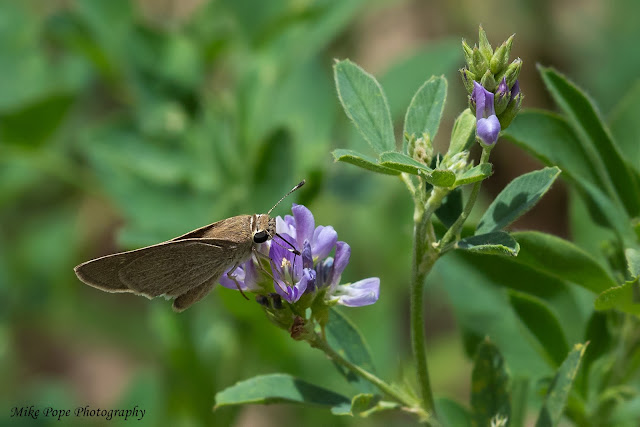The timing of eBird Global Big Day was not ideal for Kuwait, as the next day was declared as Full Lockdown for 3-weeks, in response to the Covid crisis. So, this meant most would be out trying to stock up with provisions for the coming week(s). As a result, I was the only birder out in the field to try and knock up a decent count from Kuwait for the day.
Obviously the objective was to find and count birds, so photography took a back seat. As other sites were not really accessible, I spent most of the time really working the Pivot Field farm. I did take a few images, here the resident Crested Lark on it's favourite post
 |
| Crested Lark (Galerida cristata) |
There were still a few lingering migrants about; Willow Warbler also struggling in the heat
 |
| Willow Warbler (Phylloscopus trochilus) |
A few Red-backed Shrikes were still present
 |
| Red-backed Shrike (Lanius collurio) |
and a Little Stint in cracking summer plumage
 |
| Little Stint (Calidris minuta) |
I left the Pivots with 50+ species and headed to KISR Outfall and Sulaibikhat Bay for the late afternoon and the outgoing tide. It was a good call as I added a fair number of shorebirds and Gulls/Terns to the count.
Kentish Plover are expected
 |
| Kentish Plover (Anarhynchus alexandrinus) |
A number of Tern species were present; Gull-billed
 |
| Gull-billed Tern (Gelochelidon nilotica) |
And Sandwich, although not obvious in this backlit image, but there were two birds foraging over the outfall at KISR
 |
| Common Tern (Sterna hirundo) |
and more seen when I reached Sulaibikhat Bay, although quite distant
 |
| Sandwich Tern (Sterna sandvicensis) |
Two House Crow's zipped by overhead, so that was a bonus tick for the day, although not welcome.
 |
| House Crow (Corvus splendens) |
As did a Squacco Heron heading for it's roost
 |
| Squacco Heron (Ardeola ralloides) |
I finished the day with an average 66 species, but at least had Kuwait as a participant and contributor, on this extra-ordinary Big Day
Once the tide slipped further out and no new birds were seen, I enjoyed some entertainment and antics from the two species of Mudskipper that are easily seen here.
 |
| Boleophthalmus dussumieri defending his 'burrow' from Walton's Mudskipper (Periophthalmus waltoni) |
This is the smaller Walton's Mudskipper which was pretty active
 |
| Walton's Mudskipper (Periophthalmus waltoni) |
Quite a few Crabs were seen between the Mudskipper's - all part of the symbiotic relationship in this biome
 |
| Mud Dweller (Macropthalmus depressus) |
I then had to call it a day and head home before curfew kicked in and the start of a long 3-weeks of lockdown, with only 2-hours/day for exercise.










































